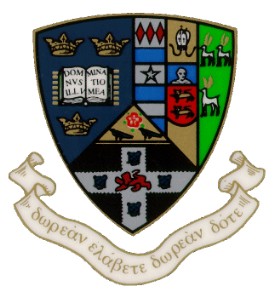| |
| author |
Bridget Ryan
| | title |
A Cross-Cultural Analysis of Dance Movement Therapy
| | abstract |
Dance Movement Therapy (DMT) is a therapeutic technique that combines both dance
body movements with psychological healing. Dance movement therapists proceed toward
individuals, families, and group meetings to observe and assess their clients movements, using
both verbal and nonverbal communication to generate and instrument interventions. The purpose
of this literature review will be to analyze the current available research on the efficacy of DMT
in other cultures with the intention of making the case for conducting more research on the
efficacy in Western cultures and make recommendations for DMT to be an evidenced-based
treatment. Different cultures throughout the world use dance movement therapy in their own
ways. Some methods and interventions are embedded right into traditions. All of the studies
show positive effects either quantitatively or qualitatively when using dance movement therapy
as a form of healing and supplemental intervention. Whether it is cancer patients, caretakers,
sexual assault survivors, old age, depression, chronic pain, Williams Syndrome, eating disorders
or forms of autism, dance movement therapy can provide better quality of life, connection
between other patients and decrease depressive symptoms. In regards to the various cultures,
each one is going to be different for clear reasons as no one culture is the same. The similarities
between cultures is that they all use dance as healing, growth, community and liberation. Using
dance movement therapy creates automatic meaningful relationships to share traditions of dance,
music, love, celebrations and family. Dance movement therapy/psychotherapy showed the
positive effects through studies and culture.
| | school |
The College of Liberal Arts, Drew University
| | degree |
B.A. (2025)
|
| advisor |
Jenna Landrigan
|
| full text | BRyan.pdf |
| |

